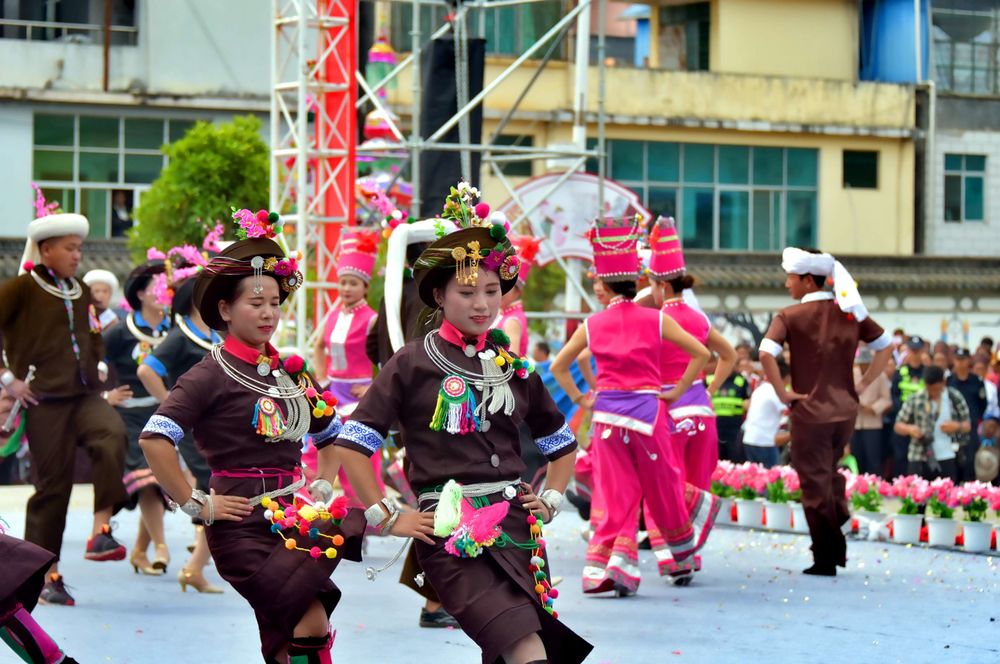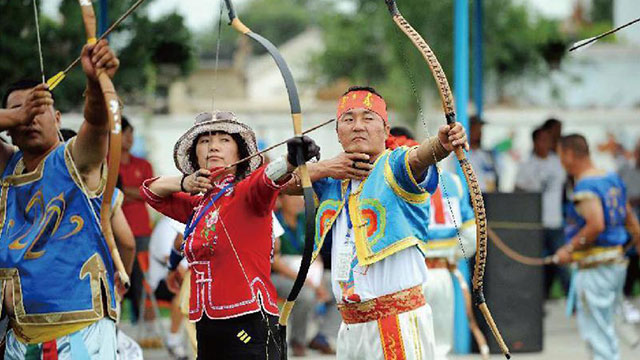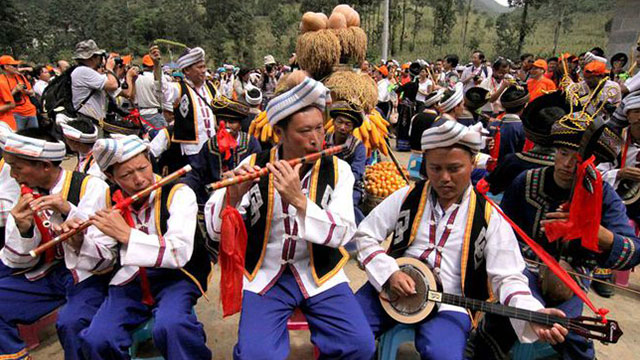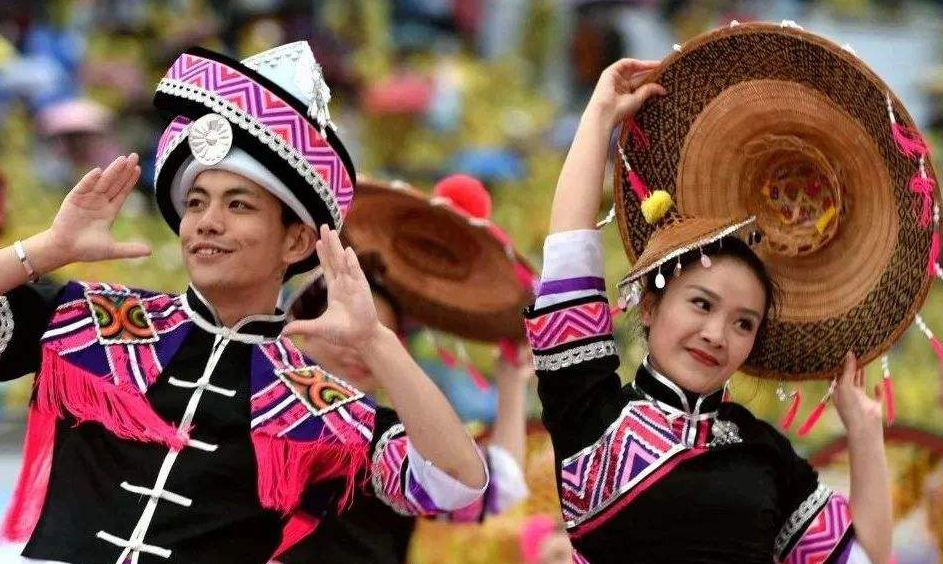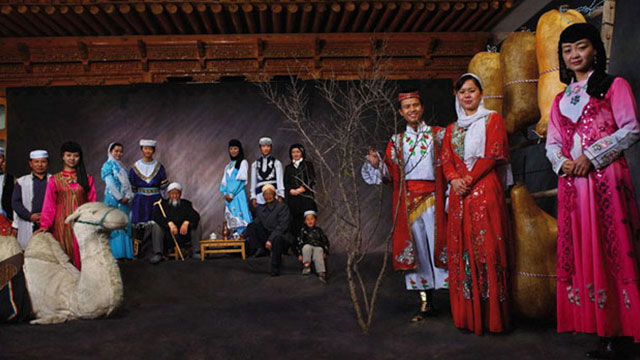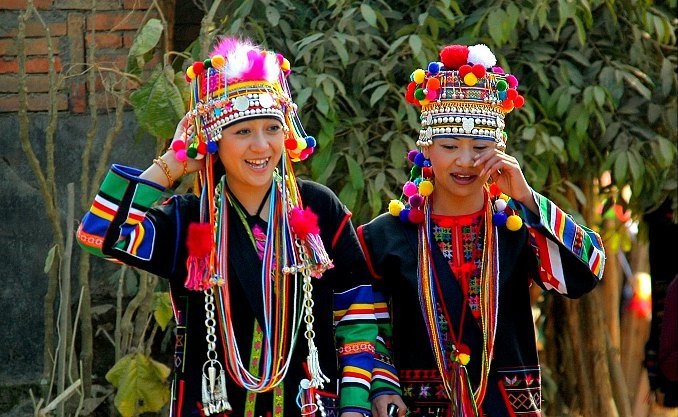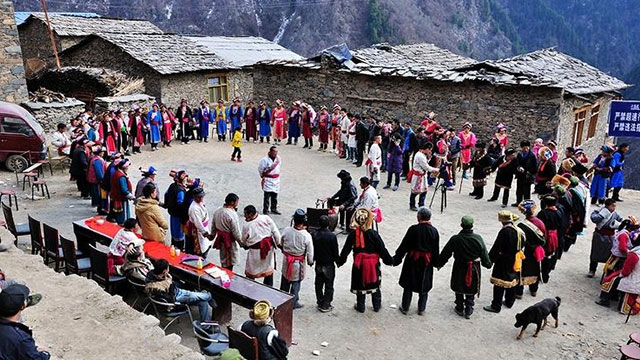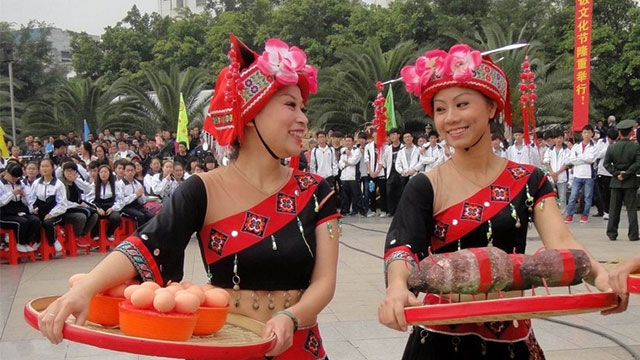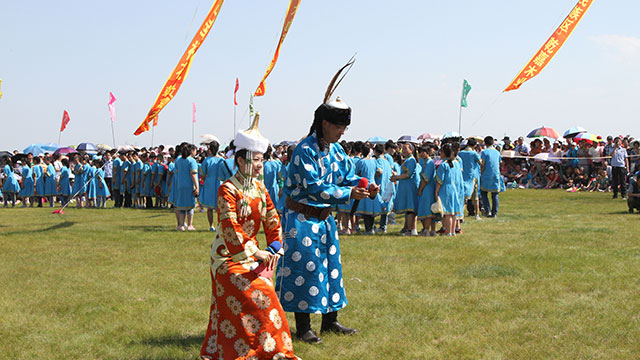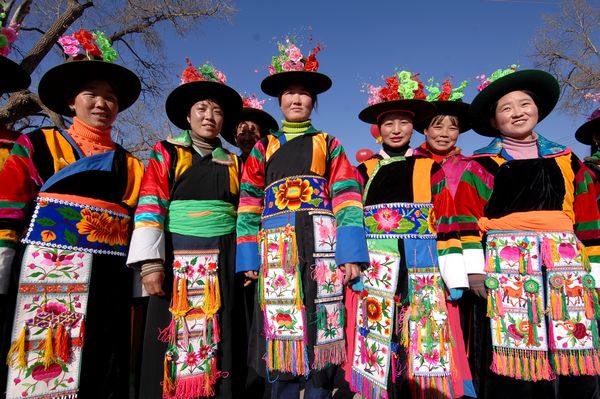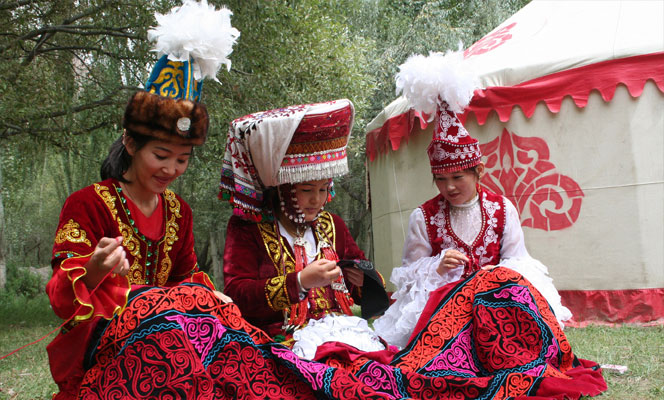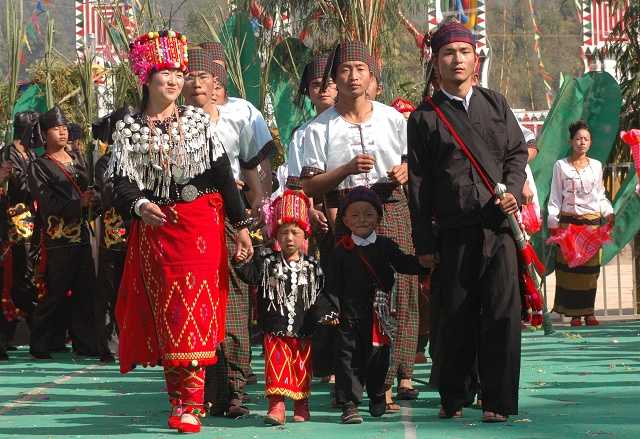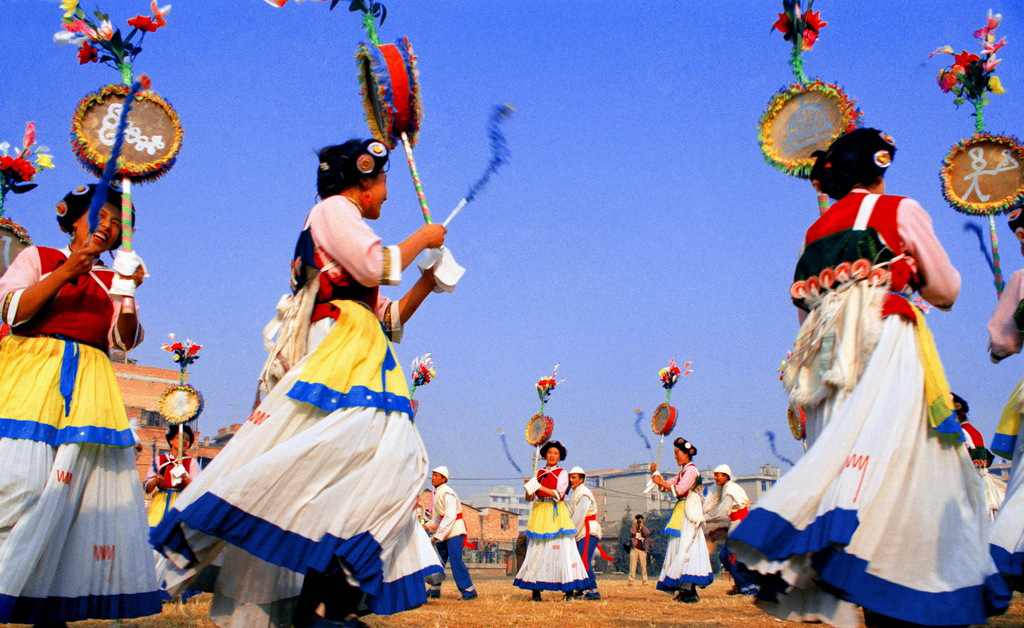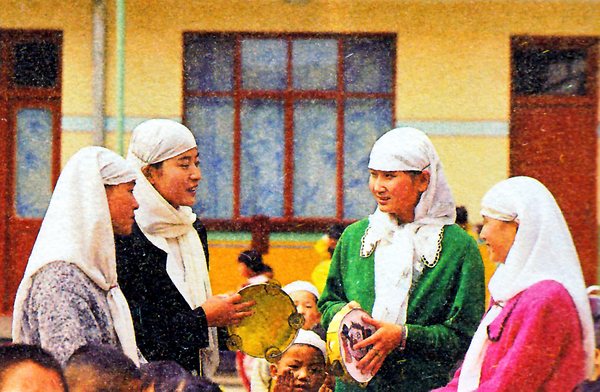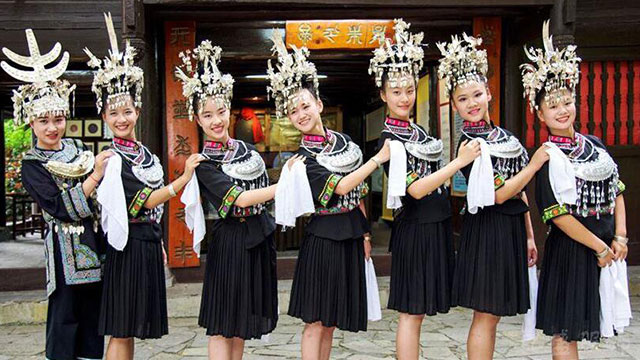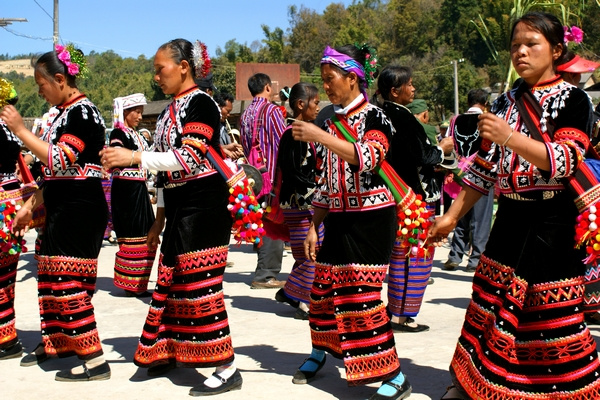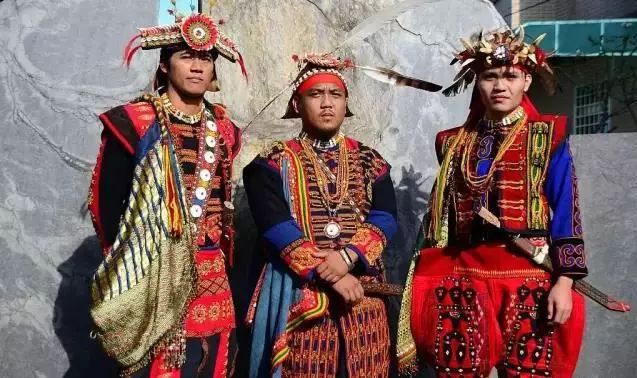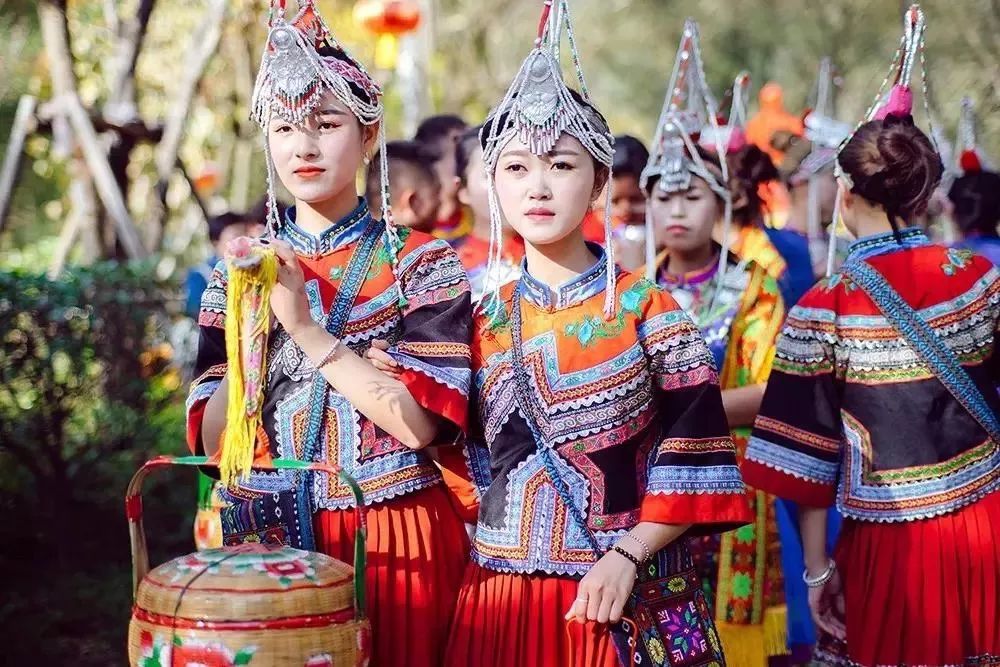56 nationalities
The Chinese nation is officially defined by the government of the people's Republic of China as the general name of the 56 recognized nationalities in the people's Republic of China. The Chinese nation is the community name representing the modern Chinese nation.
The Chinese nation consists of 56 ethnic groups. The Han nationality is the main ethnic group in China, accounting for 91.51% of the total population. There are 55 other ethnic groups, accounting for 8.49% (the sixth census). The Han nationality and 55 ethnic minorities constitute the great Chinese nation. China is a unified multi-ethnic country with the Han nationality as the main body and 56 ethnic groups. In addition, there are several unidentified ethnic groups that have not been officially recognized by the people's Republic of China. The concept of the Chinese nation was first put forward by Liang Qichao in his 1902 work on the general trend of changes in Chinese academic thought. Relevant historical and anthropological theories include Fei Xiaotong's "pluralistic integration" theory and Xu zhuoyun's "transformation and mixing of the self and the other". The political concept of the Chinese nation was put forward in the late Qing Dynasty The of the Republic of China and new China have different definitions.
-
Achang Nationality
Achang Nationality is one of the seven ethnic minorities unique to Yunnan and with a small population. The national language is Achang language. It belongs to the Tibetan Burmese language family of the Sino Tibetan language family. The language branch is - A Chang Zu
Views: 51 Time 2021-03-07 -
Sibe Nationality
Sibe people is an ancient ethnic group with a long history among China's ethnic minorities. Xibo nationality originally lived in Northeast China. During the reign of Qianlong, the Qing government recruited some Xibo nationality to move west to Xinjiang to - Xi Bo Zu
Views: 43 Time 2021-03-07 -
Gelao Nationality
Gelao nationality, ethnic origin and ancient Liao (L ǎ o) It is related to people. The national language is Gelao language, belonging to the Sino Tibetan language family. There is no national language, and Chinese is commonly used. Gelao people worship th - Yi Lao Zu
Views: 61 Time 2021-03-07 -
Maonan Nationality
Maonan Nationality is one of the Mountain Nationalities with a small population in China. The national language is Maonan language, which belongs to the Dongshui branch of Zhuang and Dong languages in the Sino Tibetan language system, and Chinese is commo - Mao Nan Zu
Views: 60 Time 2021-03-07 -
Salars Nationality
Salar is one of the ethnic minorities who believe in Islam in China. The national language is salar. It belongs to the Ukrainian group of the West Hun branch of the Altaic Turkic language family. Some people also believe that it belongs to sarul dialect. - Sa La Zu
Views: 61 Time 2021-03-07 -
Bulang Nationality
Bulang Nationality is a minority nationality with a long history. The national language is Bulang language. It belongs to the Bulang branch of the mon Khmer language family of the South Asian language family. It can be divided into Bulang and AVA dialects - Bu Lang Zu
Views: 36 Time 2021-03-07 -
Qiang Nationality
Qiang nationality originates from ancient Qiang and is an ancient nationality in Western China. Ancient Qiang has a broad and far-reaching impact on China's historical development and the formation of the Chinese nation. The national language is Qiang lan - Qiang Zu
Views: 51 Time 2021-03-07 -
Mulao Nationality
Mulao nationality, whose national language is Mulao language, belongs to the Dongshui branch of the Zhuang Dong language family of the Sino Tibetan language family. It has no national characters and uses Chinese characters. - Mu Lao Zu
Views: 76 Time 2021-03-07 -
Daur nationality
Daur nationality is one of 56 nationalities in China, mainly distributed in Molidawa Daur Autonomous Banner of Inner Mongolia Autonomous Region, meiris Daur autonomous region of Qiqihar City, Heilongjiang Province and Ewenki Autonomous Banner; A few live - Da Wo Er Zu
Views: 28 Time 2021-03-07 -
Tu Nationality
The Tu nationality is one of the ethnic groups with relatively small population in China. The Tu language belongs to the Mongolian language family of Altai language family. In 1979, the state created the Tu language based on Latin letters and in the form - Tu Zu
Views: 43 Time 2021-03-07 -
Kyrgyz Nationality
Kirgiz, a foreign homologous nation, is called Kyrgyz in Chinese translation. The national language is Kirgiz, belonging to the kpchak group of the East Hungarian branch of the Turkic language family of Altai language family. - Ke Er Ke Zi Zu
Views: 50 Time 2021-03-07 -
Jingpo Nationality
Jingpo, one of China's ethnic minorities, has its own language and characters. The language belongs to the Tibetan Burmese language family of the Sino Tibetan language family. The five branches belong to the Jingpo language branch and the Burmese Language - Jing Po Zu
Views: 32 Time 2021-03-07 -
Naxi Nationality
Naxi nationality is one of 56 ethnic groups in China and one of the unique ethnic groups in Yunnan. Most of them live in Lijiang City in Northwest Yunnan, the rest are distributed in other counties and cities in Yunnan and Yanyuan, Yanbian, Muli and other - Na Xi Zu
Views: 58 Time 2021-03-07 -
Dongxiang Nationality
Dongxiang nationality is a minority nationality in Gansu Province, China. The national language belongs to the Altaic Mongolian language family. There is no national language. Most Dongxiang Nationalities also speak Chinese. Chinese is the common language - Dong Xiang Zu
Views: 47 Time 2021-03-07 -
Shui Nationality
Shui nationality has its own language and traditional characters. Shui language belongs to the Dongshui (Dongtai) language branch of Zhuang and Dong language in the Sino Tibetan language system. The ancient font of Shui nationality retains the characteris - Shui Zu
Views: 44 Time 2021-03-07 -
Lahu Nationality
The Lahu nationality is one of the oldest nationalities in China. Its national language is Lahu. It belongs to the Yi branch of the Tibetan Burmese language family of the Sino Tibetan language family. It worships many gods and worships "Esha". - La Hu Zu
Views: 37 Time 2021-03-07 -
Gaoshan Nationality
Gaoshan Nationality mainly lives in Taiwan Province of China, and a few scattered in coastal areas such as Fujian and Zhejiang Province. Gaoshan ethnic groups mainly live in the mountainous areas in Central Taiwan, the longitudinal valley plain in the Eas - Gao Shan Zu
Views: 37 Time 2021-03-07 -
She Nationality
She nationality is one of the ethnic minorities with a small population in China, with a total population of 708651 (2010). It is distributed in some mountainous areas in more than 80 counties (cities) in Fujian, Zhejiang, Jiangxi, Guangdong, Guizhou, Anh - She Zu
Views: 30 Time 2021-03-07
